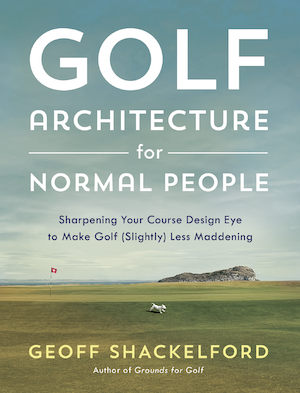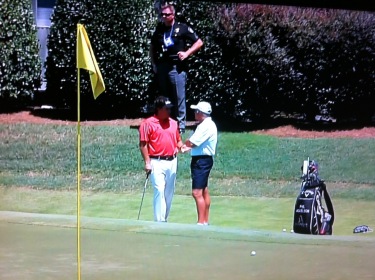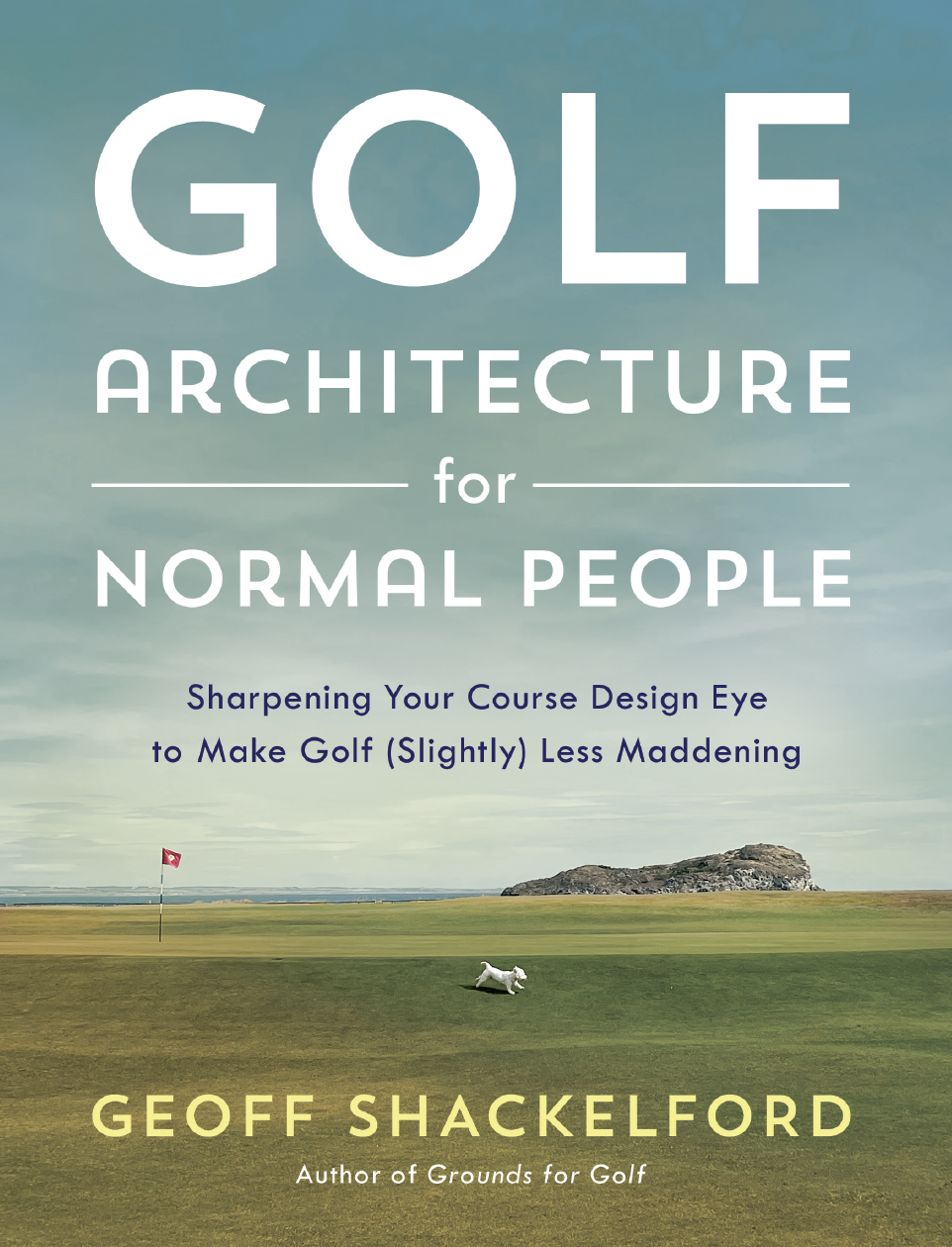Phil Mickelson, talking to writers after the round, made similar remarks to PGA Tour radio. Thankfully, he did not share these with Atlanta Athletic Club member and Member Hall of Fame member Jim Huber's face during his TNT interview!
Q. Talk about the golf course, different than what you played ten years ago?
PHIL MICKELSON: It's totally different. It's great for the PGA. It's terrific. It's in great shape. It's difficult. It's challenging. There's some really hard holes, and there's some birdie holes. And I think it's a great site for the PGA.
But....
But I also think if you look at the four par 3s here, it's a perfect example of how modern architecture is killing the game, because these holes are unplayable for the member. You have water in front and you have a bunker behind, and you give the player no Avenue to run a shot up, and the 7th hole, where there is not any water; there's a big bunker in front and right of the green, instead of helping the player get it on to the green, it goes down into the lower area, as does the left side.
Now, for us out here, it doesn't make a bit of difference, because we are going to fly the ball to the green either way. And that's why I say it's great for the championship.
But it's a good reason why the number of rounds are down on this golf course amongst the membership. And it's a good reason why, in my opinion, this is a great example again of how modern architecture is killing the participation of the sport because the average guy just can't play it.
And a follow up question from Tom, who must have missed the first part?
Q. Can you talk about your views on the golf course, the par 3s here?
PHIL MICKELSON: Well, Tom, I think this is a great site for the tournament, I really do. It's perfect, because there's some really hard holes and there's some really easy holes for birdies. And I think it's going to be exciting to watch. You're going to see a lot of calamity coming down the stretch and a lot of birdies early and late in the round -- early and middle of the round.
Did and again, it's a wonderful site. But the four holes, the four par 3s, are a wonderful example, and a number of others throughout the course; that is the reason why participation in the sport is going down, because of the modern architecture, that doesn't let the average guy play.
Now, we have no problem playing these holes, but when you put water in front and a bunker in back, and you give the player no vehicle to run a shot up, the member can't play and that's why membership participation on this golf course is down like 25 per cent.
And it's every course throughout -- modern architecture, there are some great ones, but the guy that redid this one, you know, it's great for the championship, but it's not great for the membership.
While I share Phil's view about modern designs like AAC and share his disdain for Rees Jones' no-reward design, it's still unreasonable to blame modern architecture for the game's problems. Modern designs like AAC are a response to the distance the ball is flying. Maybe not a great response, but a response nonetheless. You can't blame the folks for trying to respond, but when the situation is constantly in flux, you are bound to get it wrong.
And Phil is opposed to any kind of regulation of his equipment to keep courses relevant without changing them.
So complaining about such designs without also wanting something done to rein in distance advances is like complaining about credit default swaps, and then fighting any new laws to regulate them.
 Like the PGA of America needs more encouragement to take their tournament to the kinds of modern designs that Phil loves in Africa-hot climates, Ron Whitten offers up his nominees for courses worth a look now that Champion bermuda exists. Hard to argue with any of these…especially since none have a chance.
Like the PGA of America needs more encouragement to take their tournament to the kinds of modern designs that Phil loves in Africa-hot climates, Ron Whitten offers up his nominees for courses worth a look now that Champion bermuda exists. Hard to argue with any of these…especially since none have a chance.

















